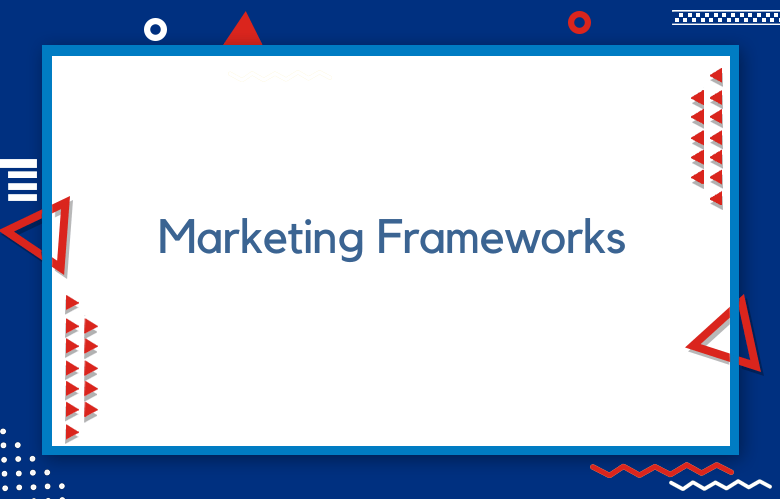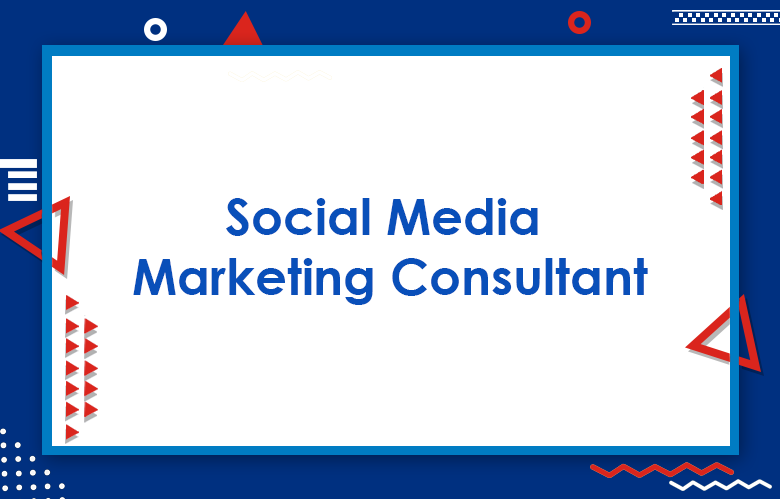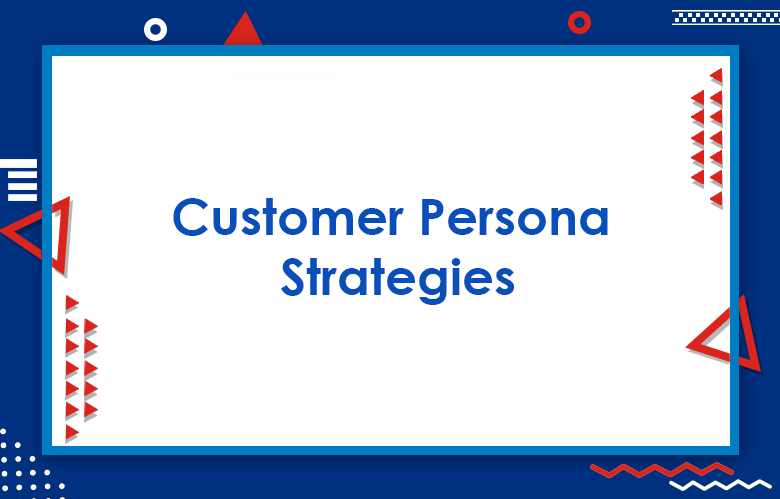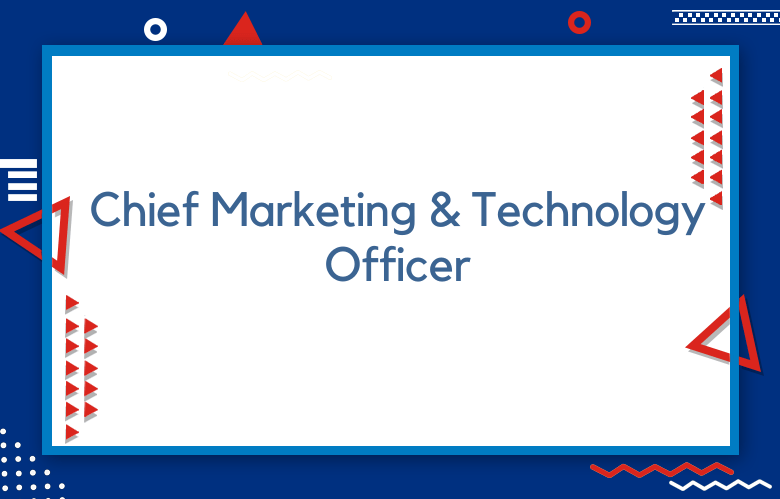Top Marketing Frameworks You Should Know About

As a CEO or CMO, you look for ways to improve your marketing strategies and get ahead of the competition. There are many different marketing frameworks out there, and it can be hard to keep up with them.
Top Marketing Frameworks You Should Know About
AIDA
The AIDA model is the oldest and most well-known marketing framework. It stands for Attention, Interest, Desire, and Action. The AIDA model is about getting your target audience’s attention, sparking their interest, and motivating them to act. This framework is still relevant today and can be used to create effective marketing campaigns.
The AIDA model is a framework created in 1898 by Elwood P. Cubberley. It stands for attention, interest, desire, and action. This framework is still relevant today because it outlines the key steps that must be taken for someone to go from being unaware of your product or services to becoming a paying customer. As a CEO or CMO, you must ensure that each stage of the AIDA model is considered when crafting your marketing strategy.
The AIDA model is the oldest and most well-known marketing framework. Copywriter Elias St. Elmo Lewis first developed it in the late 19th century. The framework is based on the customer journey and has four essential steps: attention, interest, desire, and action.
CAB – Context, Audience, and Behavior
The CAB model is a newer framework that Google created in 2017. CAB stands for context, audience, and behavior. It is all about understanding the context in which your target audience is searching, understanding requirements, and then creating marketing campaigns tailored to their behavior. This framework is especially relevant in today’s digital age, where people are bombarded with ads from all sides.
The 4Ps of Marketing
The 4Ps framework is a classic marketing framework that E. Jerome McCarthy created in 1960. The 4Ps stand for product, price, place, and promotion. This framework is about understanding your product or service, setting the right price, choosing the best channels to promote it, and ensuring it is accessible to your target audience. This framework is still relevant today and can be used to create effective marketing plans.
It includes the four critical elements of any successful marketing mix: product, price, place, and promotion. As a CEO or CMO, you must consider all four factors when developing and executing your company’s marketing strategy.
The 4Ps framework was developed by E Jerome McCarthy in 1960 and has since been popularized by marketing professors such as Philip Kotler. The framework is based on the method that four key variables must consider when developing a marketing mix: product, price, place, and promotion.
Product:
The first P stands for development. It refers to the goods or services that you offer. As a marketer, you need to ensure that you clearly understand what your product is and what needs it satisfies.
Price:
The second P stands for price. Marketers need to consider things like production costs, competitor prices, and perceived value when setting prices.
Place:
The third P stands for business. It refers to how and where your products are sold. Marketers need to consider distribution channels and omnichannel strategies when thinking about home.
Promotion:
The fourth and final P stands for promotion. It refers to your activities to raise awareness of your product or service and convince people to buy it. Everyday promotional activities include advertising, public relations, and sales promotions.
The SOSTAC® Model
The SOSTAC® model is a framework PR Smith created to plan any activity, not just marketing. However, marketing is beneficial because it takes a holistic view of the entire process from start to finish. SOSTAC® stands for situation, objectives, strategy, tactics, action, and control.
By following this framework, you can be sure that all aspects of your marketing strategy are considered and that your team is on track to achieve your desired results.
SOSTAC: Situational Analysis, Objectives, Strategy, Tactics, Actions, Control
PR Smith the development of SOSTAC in the 1990s, and it has since become one of the most popular marketing planning models. The framework helps marketers plan more effectively by breaking down the planning process into six key steps: situational analysis, objectives, strategy, tactics, actions, and control.
The Six Sigma DMAIC Framework
The Six Sigma DMAIC framework is a data-driven approach to problem-solving that applies to many different business areas, including marketing. DMAIC stands for define, measure, analyze, improve, and control.
This framework can be used to Improvements in any area of marketing, from lead generation to conversion rates. As a CEO or CMO, you should consider using this framework to identify areas where your company’s marketing could be improved and then take steps to implement those improvements.
8Ps: People, Physical evidence, Processes, Policies, Price, Promotion, Place, Packaging
Richard Brady and Chris Meriam developed the 8Ps framework to extend the 4Ps framework. The additional Ps stand for people (customer service), physical evidence (branding), processes (order fulfillment), policies (return policy), price ( pricing strategy), promotion (marketing mix), place (distribution channel), and packaging (product packaging).
The Competitor Analysis Framework
The Competitor Analysis Framework helps businesses better understand their competitors and develop strategies to gain market share. This framework includes evaluating your competitor’s strengths and weaknesses and their positioning in the market relative to your own business.
Porter’s Five Forces Framework
The first framework we will discuss is Porter’s Five Forces Framework. This framework was developed by Michael Porter in 1979 and is used to analyze the competitive forces that shape an industry. The five points are:
- The threat of new entrants
- Bargaining power of suppliers
- Bargaining power of buyers
- The threat of substitute products
- Rivalry among existing competitors
Understanding these five forces allows you to develop strategies to stay ahead and create a sustainable competitive advantage. For example, if you are in an industry with high barriers to entry, you can focus on strategies to keep potential new entrants out.
Or, if there is a lot of rivalry among existing competitors, you can focus on differentiation strategies. Depending on your specific industry, you can use Porter’s Five Forces Framework to improve your marketing strategy.
Ansoff Matrix
The following framework discussed the Ansoff Matrix, which was developed by Igor Ansoff and helped organizations determine which growth strategy they should pursue. There are four growth strategies that the Ansoff Matrix takes into account:
- Market penetration
- Market development
- Product development
- Diversification
Market penetration is when a company focuses on selling more of its existing products/services to its current markets. Market development is when a company sells its products/services to new markets. Product development is when a company creates new products/services for its existing markets, and diversification is when it develops new products/services for new markets.
Choosing the right growth strategy is crucial because it can make or break your company’s success. A growth strategy not aligned with your company’s strengths can lead to disaster.
Boston Consulting Group Matrix
The last framework we will discuss is the Boston Consulting Group Matrix (BCG Matrix). The development of this matrix was done by Bruce Henderson in 1968 and helped organizations determine which product/service offerings they should invest in and which they should divest from. The four quadrants in the BCG Matrix:
- Stars- these are products/services that have high market share and high market growth
- Question marks- these are products/services with low market share but high market growth
- Cash cows- these are products/services with high market share but low market growth
- Dogs are products/services with an expected market share and low market growth.
Organizations should invest in stars and question marks because they have high growth potential. It should focus on cash cows because they generate a lot of revenue but don’t have a lot of growth potential. They should divest from dogs because they don’t create a lot of income and don’t have a lot of growth potential.
Conclusion
There are a lot of different marketing frameworks out there, and it can be hard to keep up with them. The blog post gave you an overview of some top marketing frameworks. Whether looking for a classic framework like the 4Ps or a newer one like CAB, you understand these frameworks will help you create effective marketing campaigns that get results.
As a CEO or CMO, knowing the latest marketing frameworks is essential to making better decisions for your company’s marketing initiatives. These are four top marketing frameworks CEOs or CMOs should know about: AIDA, SOSTAC, 4 P s, and 8 P s. Familiarize yourself with these marketing frameworks to be at the forefront of your industry.
Call: +91 9848321284
Email: [email protected]



